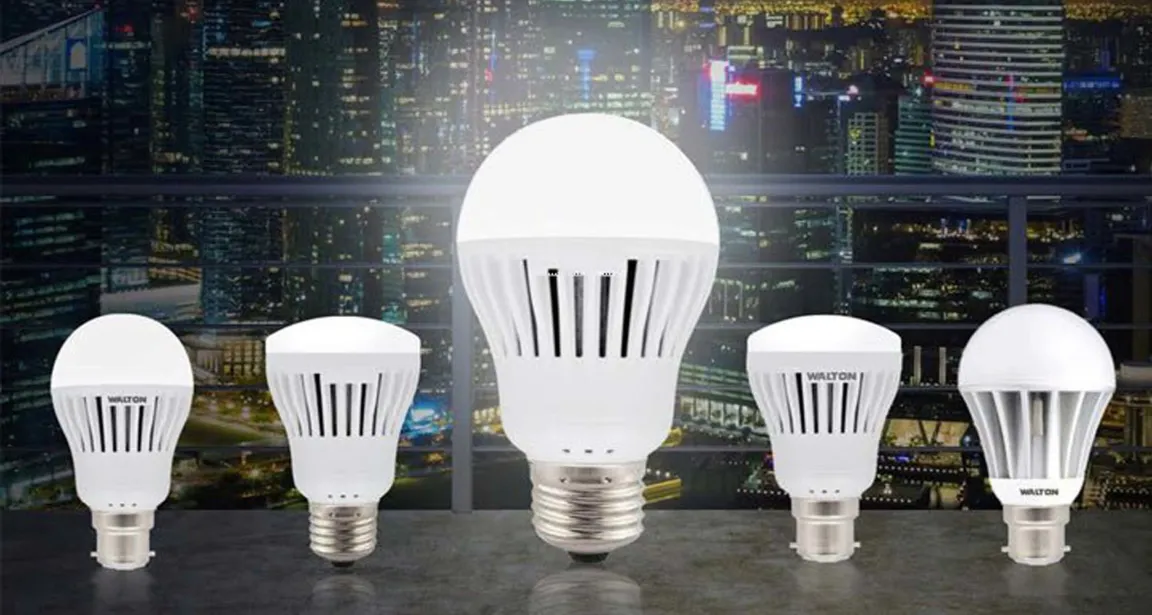Once upon a time, in 1958, Mao Zedong ruled China as its leader. He decided to get rid of sparrows because he thought they were harmful. He believed that sparrows were eating too much grain, causing problems for the country.

To eliminate sparrows, Mao organized a campaign where people were encouraged to kill them. This led to the creation of the “Sparrow Army,” and the government even offered rewards for killing sparrows. People used various methods like beating drums to scare the birds and hunting them down.
Mao’s decision came from the belief that sparrows were pests, and he wanted to protect the country’s crops. He thought that sparrows ate a lot of grain each year, which could feed thousands of people. So, he ordered their destruction.
The campaign against sparrows was intense. People destroyed their nests, eggs, and caught them in nets. Many were even shot with guns. As a result, the sparrow population decreased rapidly.
However, killing sparrows had unintended consequences. Without sparrows to eat insects, pests multiplied, destroying crops even more. This led to a severe famine in China a few years later, causing millions of deaths.
Despite having enough food in government storage, people suffered because authorities didn’t distribute it properly during the famine. The famine of 1961-62 was a tragedy, causing millions to perish due to starvation.
Mao’s decision to eradicate sparrows ended up causing more harm than good. It disrupted the ecosystem, leading to a devastating famine that took many lives. It’s a reminder of the importance of considering the consequences of our actions on the environment and society.

